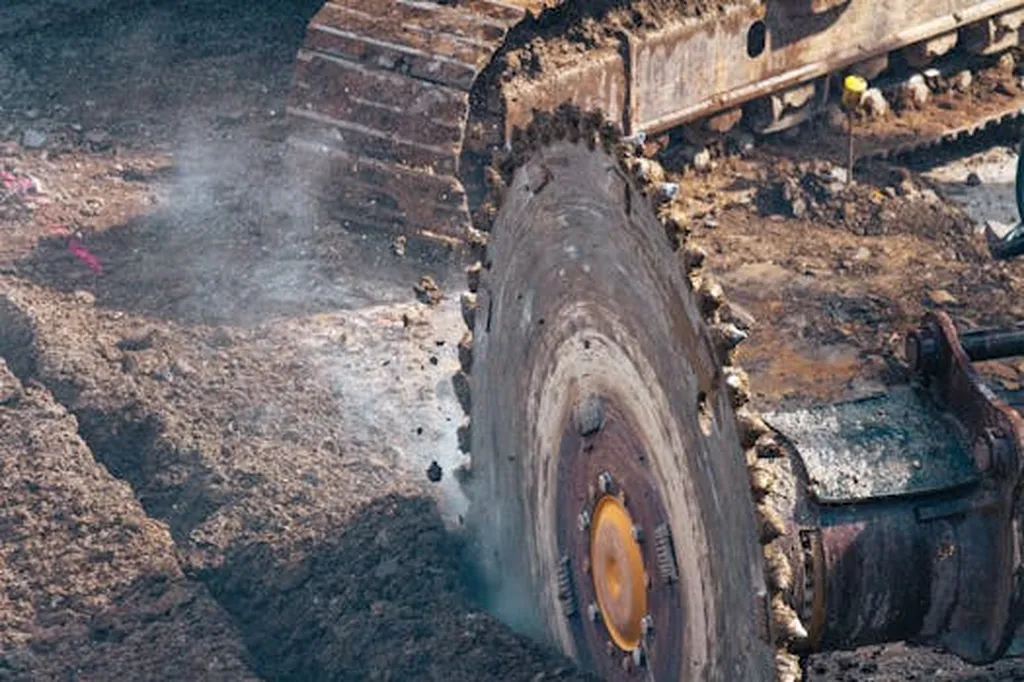In the quest to optimize agricultural yields, precision agriculture has emerged as a powerful tool, leveraging remote sensing and data analytics to inform decision-making. However, a critical factor has often been overlooked: terrain features. A recent study published in *Remote Sensing* introduces a terrain-aware visual analytics approach that integrates landform classification with crop performance analysis, potentially revolutionizing how farmers and agronomists interpret spatial variability in their fields.
The research, led by Roghayeh Heidari from the Department of Computer Science at the University of Calgary, addresses a significant gap in precision agriculture. While terrain features contribute to yield variability alongside environmental conditions, soil properties, and management practices, they are rarely integrated systematically into performance analysis and decision-making workflows. Heidari’s work aims to change that by incorporating terrain attributes and landform classifications into agricultural performance analysis and management zone (MZ) delineation.
The study introduces an interactive focus+context visualization tool that combines multiple data layers, including terrain features, vegetation index-based performance metrics, and management zones, into a unified view. This tool leverages freely available remote sensing imagery and terrain data derived from Digital Elevation Models (DEMs) to evaluate crop performance and landform characteristics. “By integrating these data layers, we can offer interpretable insights that go beyond the constraints of purely data-driven methods,” Heidari explains.
The tool was applied to eleven agricultural fields across the Canadian Prairies under diverse environmental conditions. Fields were segmented into depressions, hilltops, and baseline areas. The analysis revealed that depressions and hilltops consistently showed lower mean performance and higher variability compared to baseline regions, which covered an average of 82% of each field. The study also investigated soil erosion effects by subdividing baseline areas using slope and the Sediment Transport Index (STI), but field-level patterns were inconsistent, and no systematic differences emerged across all sites.
The implications for the agriculture sector are substantial. By understanding the spatial variability influenced by terrain features, farmers can make more informed decisions about crop management, irrigation, and fertilization. This can lead to improved yields, reduced input costs, and enhanced sustainability. “Our method enhances terrain-aware interpretation of remotely sensed data and contributes meaningfully to refining management zone delineation in precision agriculture,” Heidari notes.
The research also highlights the importance of visual analytics in agritech. By providing an interactive and expressive view of the data, the tool enables farmers and agronomists to gain deeper insights and make more effective decisions. This approach could shape future developments in the field, encouraging the integration of terrain features into broader agricultural analytics platforms.
As precision agriculture continues to evolve, the incorporation of terrain features into performance analysis and decision-making workflows will be crucial. Heidari’s work offers a valuable contribution to this field, providing a practical tool that can be readily adopted by farmers and agronomists. With further research and development, this approach could become a standard practice in precision agriculture, ultimately benefiting the entire agricultural sector.

